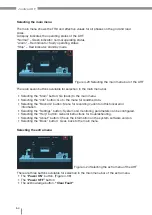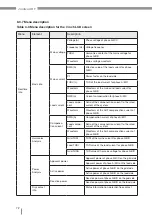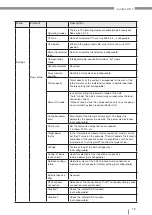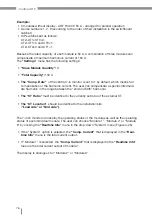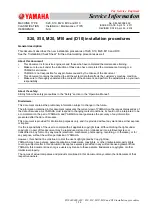
Janitza AHF
76
Example:
• 3 modules without display - AHF R 400 V 50 A - arranged for parallel operation
• Device numbers 1, 2, 3 (according to the order of their installation in the switchboard
cabinet)
• DIP switches set as follows:
CT2=CT1=CT0=0;
CT2=CT1=0 and CT0=1;
CT2=CT0=0 and CT1=1.
Because the rated capacity of each module is 50 A, a combination of three modules can
compensate a maximum harmonics current of 150 A.
The
“Settings”
menu has the following settings:
• “Slave Module Quantity”:
3
• “Total Capacity”:
150 A
• The “Comp. Rate”
of the central 7-in monitor is set to 1 by default, which means full
compensation of the harmonic current. The user can compensate a specific intermedi-
ate harmonic in the range between the “2nd and 50th” harmonic.
• The “CT Ratio”
must be identical to the currently set ratio of the external CT.
• The “CT Location”
should be identical to the installation site
(
“Load side” or “Grid side”)
.
The 7-inch monitor can display the operating status of the modules as well as the operating
status of each individual module. The user can choose “Module 1”, “Module 2” or “Module
3” by clicking the
“Realtime Info”
menu in the drop-down “System” menu (Figure 4-25).
• If the “System” option is selected, the
“Comp. Current”
that is displayed in the
“Real-
time Info”
menu is the total current output.
• If “Module 1” is selected, the
“Comp. Current”
that is displayed in the
“Realtime Info”
menu is the total current output of module 1.
The display is analogous for “Module 2” or “Module 3”.



